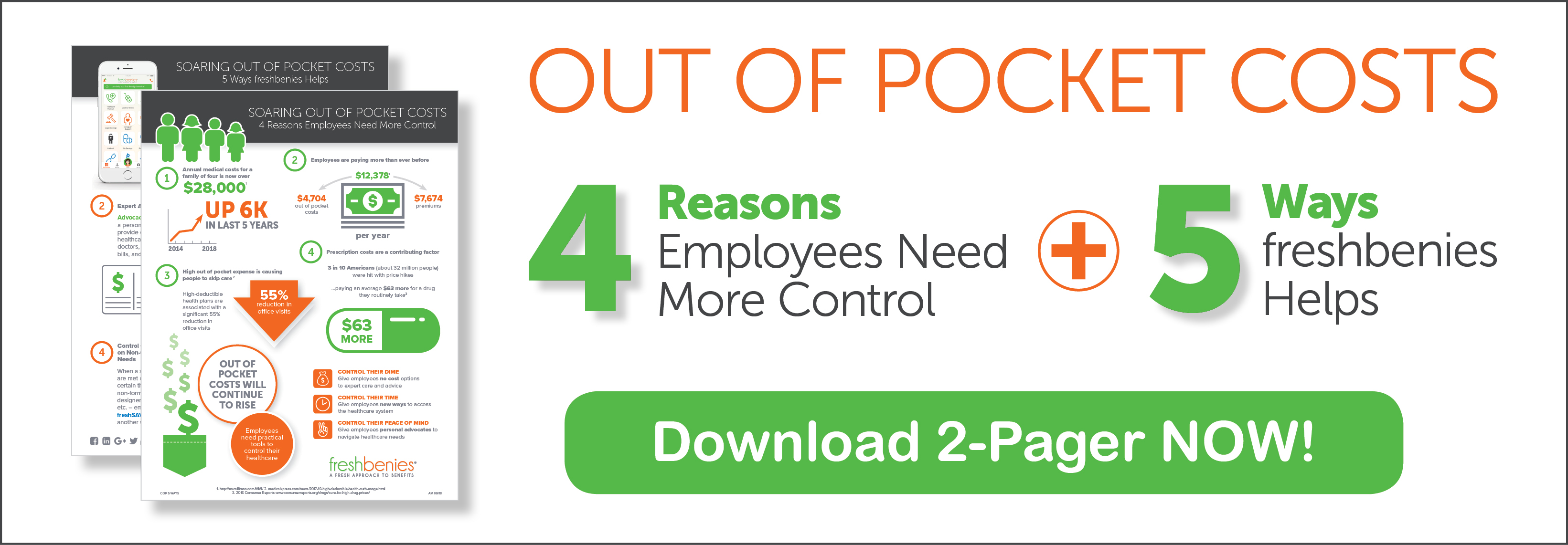Provider Sponsored Health Plans: 4 Challenges
Are provider sponsored health plans (PSHPs) a good move? While patient benefits could include lower costs, improved care and a more integrated experience, there can be significant hurdles to reaching those pay-offs.
Some PSHPs like Kaiser Permanente, UPMC and Geisinger have experienced long-standing success, but many others haven’t.
As a former employee of one such PSHP, I’m sharing four challenges I witnessed first-hand that will help you strategize the best alternative plans for your groups.
1. Health care success doesn’t guarantee health plan success
There’s a common mistake providers make when launching their new health plan: they bring a group of their physician and care-delivery leaders to run the plan.
The simple fact is health care is a completely different animal than health insurance. Hospital leaders are usually extremely effective at running hospitals and taking care of their patients. But what about critical factors outside of this wheelhouse? Different experts are needed when it comes to the intricacies of:
- complicated funding mechanisms
- expanding network partnerships
- building broker relationships
It took my health plan years of mis-steps and market corrections to bring in seasoned health plan professionals to help shape the direction of the plan.
2. Provider dominance doesn’t equate to network adequacy
My health system’s in-patient market share consistently hovered around 24 percent, which made them the largest health system in their region. But even with this market-leading position, they were still missing over three-quarters of the region’s providers for their network.
We were also missing some of the region’s major geographic segments. With the considerable time and money required to significantly grow a network footprint, we had to contract with competitors at very unfavorable rates to keep these areas from being entirely unserved.
Contrast this with the fact that most national carriers had close to 90% of providers in our market contracted in their networks - including the vast majority of our own health system’s providers! So, despite a market-leading position on the care delivery side, there was a major competitive disadvantage for the PSHP.
3. Narrow networks are challenging for groups
Despite trends toward narrowing provider networks, it was still incredibly challenging to sell a narrow network product. This was particularly true when pitted against a broad PPO plan. Though our health plan typically came in with a lower premium, most employers didn’t feel the savings were worth the network disruption.
Imagine an employer with 100 employees who’s considering a regional health plan in place of an existing plan with a national carrier. Let’s apply my provider’s market share of ~25% to the scenario. Roughly 25 of the 100 employees would likely already be visiting providers from that regional health plan.
But what about the other 75 employees? They’d be forced to find new in-network physicians or face higher out-of-pocket costs. Now imagine being the HR Director sitting in your office knowing you’ve upset 75% of your employees so your company could save some money (and they’ll likely be calling you for help, too). It’s a tough tradeoff.
4. It’s a long road to financial success
The plan I worked for has been in operation for over ten years and has still never turned in a profit. This lack of financial success is not unique.
According to a study by Robert Wood Johnson Foundation, only 4 out of 37 PSHPs formed in 2010 were profitable 5 years later - and 5 such plans have since gone out of business.
New PSHPs face two key challenges in building a good risk profile.
- They aren’t in a position to dump groups that operate at a high medical loss ratio.
- They have a much smaller block of business to spread their risk across – making their exposure more severe.
These plans must have the ability to be financially patient, recognizing that future payback will not just be new health plan premiums, but also a lot of new patients.
PSHPs still present an amazing opportunity by bringing together health care and health plans under one roof. The potential for patient benefits in cost, care and experience are enticing. On paper, it’s a transformative idea. In practice, it can be a lot more challenging.
Now it’s your turn! What are your thoughts or experiences with provider sponsored health plans? Comment below to tell me your story or email me at neil@freshbenies.com.
















